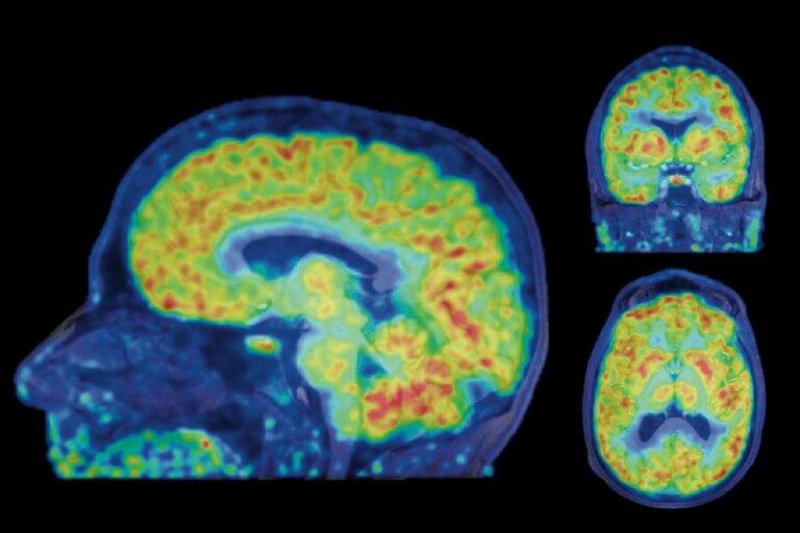The switching-off of genes in the human brain has been watched live for the first time. By comparing this activity in different people’s brains, researchers are now on the hunt for abnormalities underlying disorders such as Alzheimer’s disease and schizophrenia.
To see where genes are most and least active in the brain, Jacob Hooker at Harvard Medical School…developed a radioactive tracer chemical that binds to a type of enzyme called an HDAC. This enzyme deactivates genes inside our cells, stopping them from making the proteins they code for…
The switching-off of genes by HDACs is a form of epigenetics…Until now, the only way to examine such activity in the brain has been by looking at post-mortem brain tissue.
…
The team found that genes are most active in the hippocampus, which is involved in memory and learning, and the amygdalae, which process fear, pleasure, emotion and motives. These are particularly dynamic areas of the brain that need constant gene activity, so HDAC seems to be almost silent here.
The GLP aggregated and excerpted this blog/article to reflect the diversity of news, opinion and analysis. Read full, original post: First real-time look at genes switching off in live human brains































